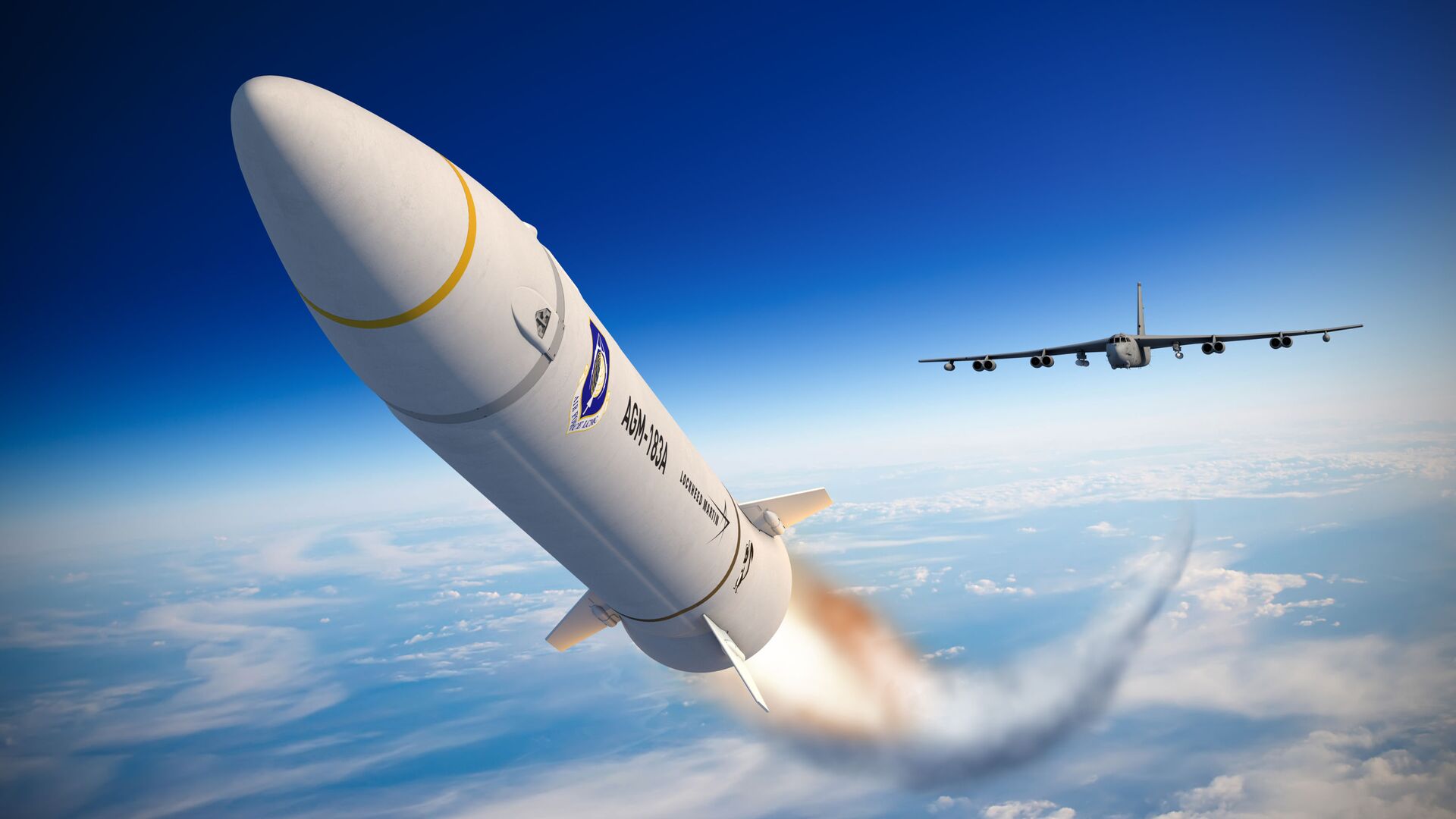The US Air Force will fire the AGM-183A Air-launched Rapid Response Weapon (ARRW), the US military’s first hypersonic missile, in less than one month’s time, according to a Friday press release.
Brig. Gen. Heath Collins, Air Force Program Executive Officer for Weapons, said in the release that a booster test flight (BTF) of Lockheed Martin’s ARRW will happen “in the next 30 days, followed by several additional booster and all-up-round test flights by the end of the year.” Testing will happen at California’s Naval Air Station Point Mugu, a major missile development and test facility.
The booster test vehicle is the rocket engine part of the hypersonic weapon, which accelerates the ARRW glide vehicle to speeds in excess of Mach 5 before dispatching the glide vehicle to fly toward its target. However, according to the release, the upcoming test is only of the rocket engine, not the glide vehicle.

Their ultra-fast speed and maneuverability makes them nearly invulnerable to most missile interception systems, and their shortened engine burn time makes detecting them using orbital early warning systems a frustrating task.
This won’t be the ARRW’s first time in the air, though: since June 2019, the Air Force has performed seven captive-carry tests with the missile slung under the wing of a B-52 Stratofortress bomber, the aircraft that will be its primary delivery mechanism.
The US presently has no operational hypersonic weapon, placing it years behind Russia and China, each of which has more than one such missile already in service.
Another American hypersonic missile, the Hypersonic Air-breathing Weapon Concept (HAWC), is being jointly developed by Lockheed, Raytheon, and the Defense Advanced Research Projects Agency (DARPA). The hypersonic cruise missile uses a scramjet, a type of jet engine optimized for ultra-fast speeds.

